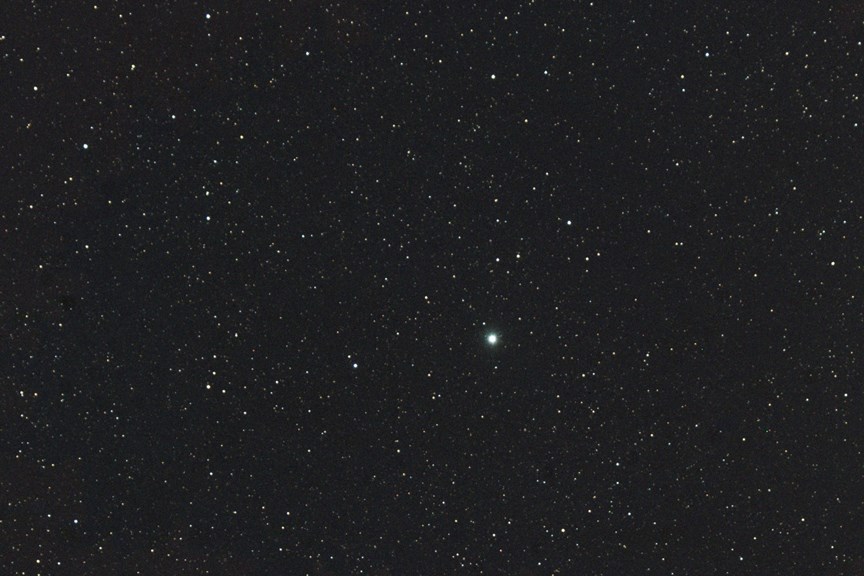Make your own planisphere
Suitable for Year Levels 9 and 10
We are able to see about 3000 stars with the naked eye on a clear night (with minimum light pollution). A planisphere is a flat map of the stars that can be used as a guide to help identify constellations and individual stars in the night sky. Planispheres can be used for any time of night throughout the year, but are made for use in a particular location (e.g. Melbourne/central Victoria).
What you need: A4 cardboard X 4, scissors, glue, planisphere templates below and a split pin or something you can use to allow the dial to rotate. Find something suitable around the house e.g. paperclip or bread twist tie.
What to do: Glue dial B onto an A4 piece of cardboard and carefully cut around the dashed outline. Glue the cover onto an A4 piece of cardboard and carefully cut around the dashed outline. Cut out the dark sections. Use the square shape of the cover as a template to cut out another square (with the same dimensions) from a sheet of cardboard. This is the backing for your planisphere. Find and mark the centre of the backing. Thread a split pin through the centre of the backing and the centre of dial B. Attach the cover over the dial and backing sheet so that the dial is able to rotate freely between the cover and the backing sheet. Secure the split pin.
Using the planisphere
- On a clear night, choose a location away from bright lights and face south.
- Hold up the planisphere so that the southern horizon is at the bottom.
- Rotate the dial until you reach the correct time and date.
- Find the two bright Pointers (Alpha Centauri and Beta Centauri) and the Southern Cross on your planisphere and locate them in the real night sky.
- Continue to look for other bright stars and constellations in the night sky using the Southern Cross as your starting place.
- Once you have found all the constellations and stars on this dial, you may want to change your dial for dial A which contains a lot more stars and constellations. This dial is for more advanced users. After having some practice using your planisphere, you may want to try to locate the planets. Their location is given in the Planetarium’s Skynotes, published each month on our website.
Questions
- How successful were you using the planisphere? How many stars or constellations were you able to identify?
- What do you think the split pin in the planisphere represents in the real night sky?
- A dashed line on the map is labelled the ecliptic. What is the ecliptic and why do you think it is marked on the planisphere?
- Were you able to use Skynotes to help you find visible planets in the night sky?
- Rotate the dial to see how the stars move across the sky over time. What do you notice?
- Find out what you call the apparent movement of the stars across the sky?
a) What are circumpolar stars?
b) Name some circumpolar stars using your planisphere. - There are many apps you can use to locate stars, constellations, planets and other celestial objects in the real night sky. Visit the Astronomy Trek website for information on the top 10 free apps you can use.
a) Choose an app to download and use it to look for stars and constellations in the night sky.
b) Name two advantages and disadvantages of using an app compared to the paper based planisphere. - Stellarium is software that allows people to access a virtual planetarium. It can be downloaded as an app but can also be accessed through the web. You can use Stellarium to predict when and where you will be able to see particular planets, stars and constellations and more. The observation location can also be changed in this program so you can discover what constellations can be seen from different places at different times of the year as well as how the apparent movement of the stars can change depending on your location.
Victorian Curriculum Links
Science – Earth and Space Sciences Year 9 and 10
The Universe contains features including galaxies, stars and solar systems; the Big Bang Theory can be used to explain the origin of the Universe. (VCSSU129)







